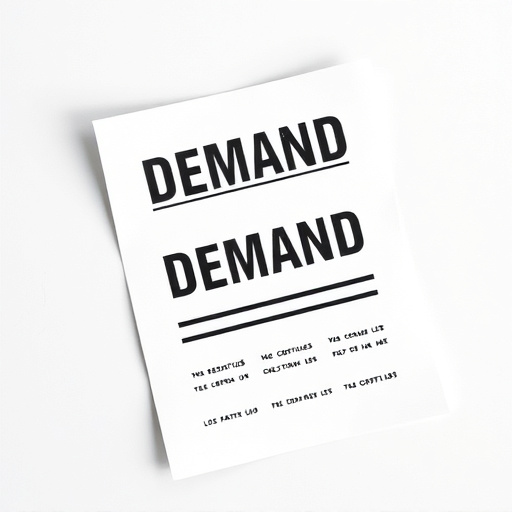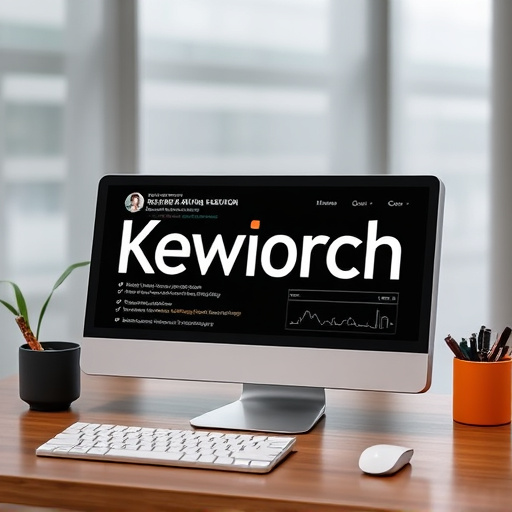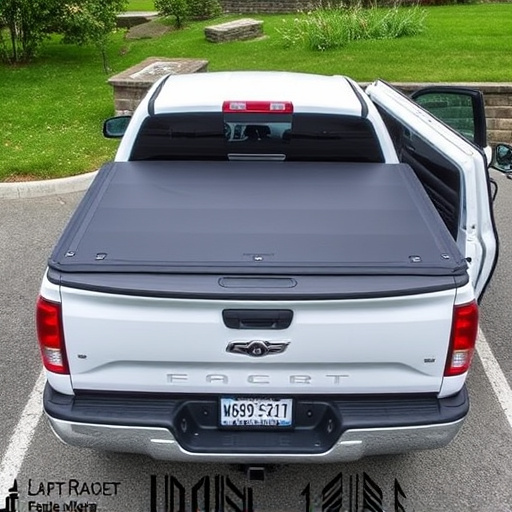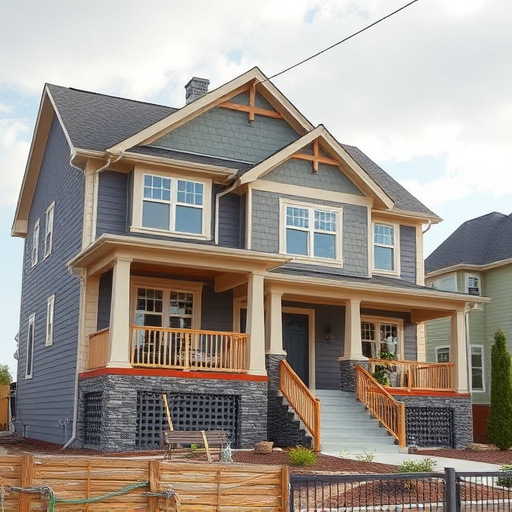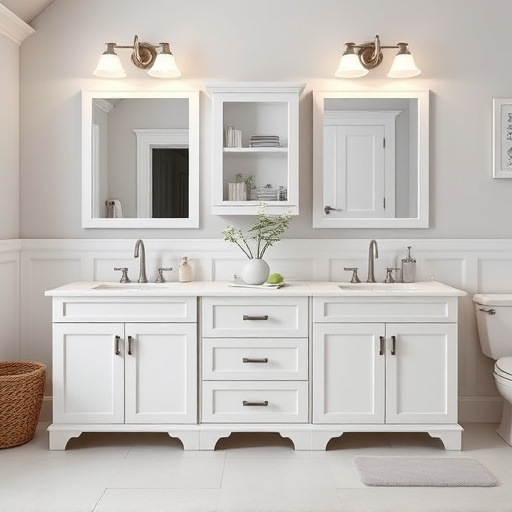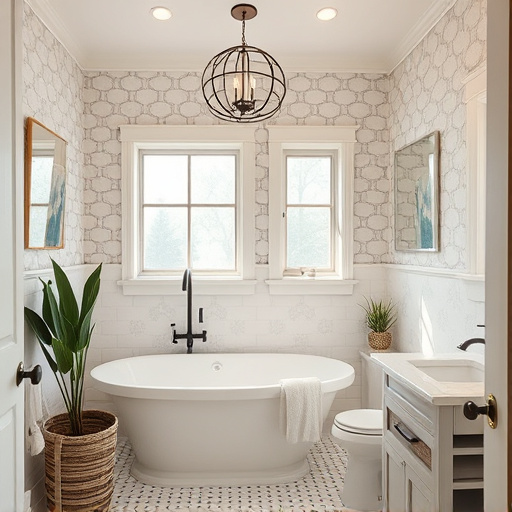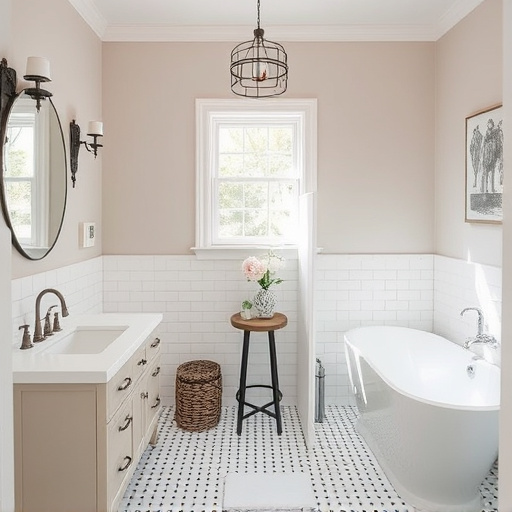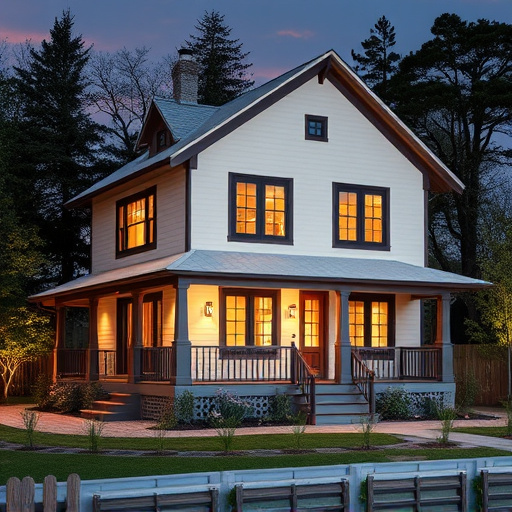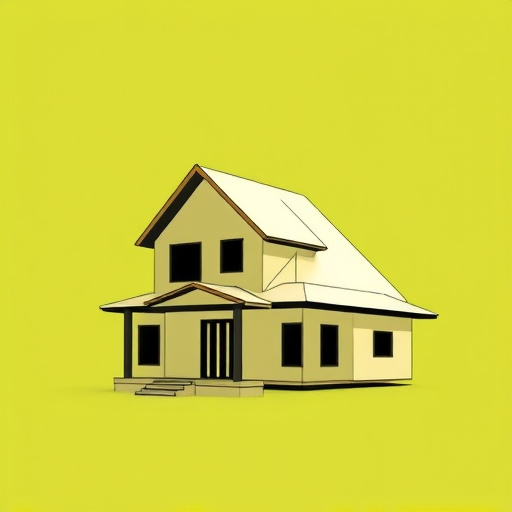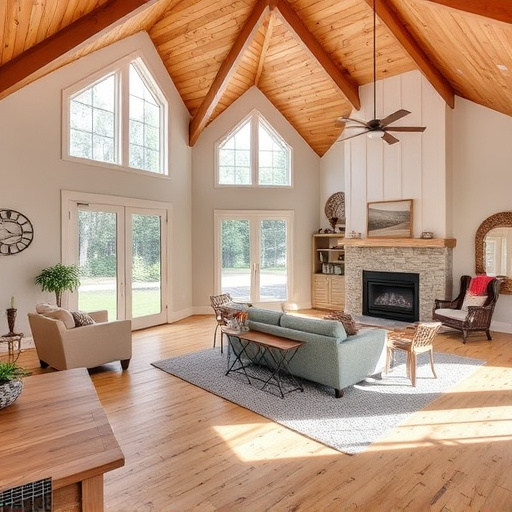Luxury design significantly boosts property value by offering tailored, exclusive customizations that go beyond aesthetics. Key elements include premium exterior painting and thoughtfully renovated interiors that maximize space, functionality, and comfort. By focusing on high-impact areas like kitchens and baths and incorporating premium materials, sophisticated lighting, and unique architectural details throughout, luxury design creates desirable spaces that leave a lasting impression on potential buyers. This trend drives market trends, with rising property values and demand for premium real estate reflecting buyers' attraction to opulent homes signaling quality and craftsmanship.
Luxury design isn’t just about opulence; it’s a powerful tool that significantly enhances property value and appeal. This article delves into the transformative effect of high-end design on real estate, exploring key strategies for its successful integration. We examine the psychological draw of luxurious spaces and their profound market influence, providing insights for both designers and investors seeking to capitalize on this timeless trend. Discover how luxury design can elevate properties from mere assets to desirable destinations.
- Understanding the Impact of Luxury Design on Property Value
- Strategies for Incorporating Luxury Elements in Real Estate
- The Psychological Appeal of High-End Design and Its Market Influence
Understanding the Impact of Luxury Design on Property Value
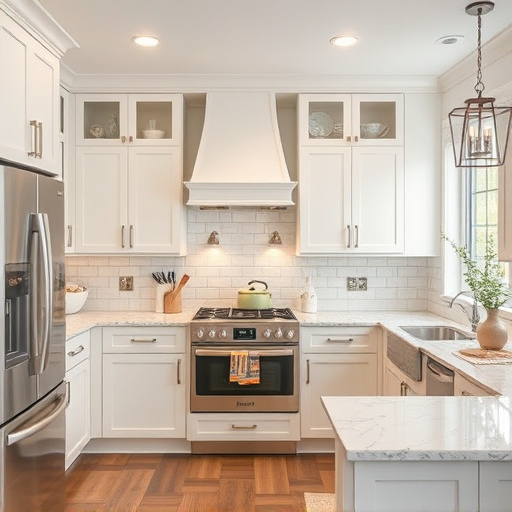
The impact of luxury design on property value is undeniable. Incorporating high-end elements into both interior and exterior spaces can significantly enhance a home’s appeal, driving up its market value. Luxury design isn’t just about opulence; it involves thoughtful customizations tailored to the owner’s preferences and lifestyle. These transformations extend beyond mere aesthetics, creating an ambiance that fosters a sense of exclusivity and sophistication.
Home transformations that incorporate luxury design go beyond basic renovations. Exterior painting, for instance, can transform a property’s curb appeal by using premium finishes and colors. Similarly, customized home renovations tailored to maximize space, functionality, and comfort contribute to the overall desirability of the property, making it more attractive to potential buyers. In today’s competitive real estate market, where buyers seek unique and well-crafted living spaces, luxury design plays a pivotal role in standing out from the crowd.
Strategies for Incorporating Luxury Elements in Real Estate
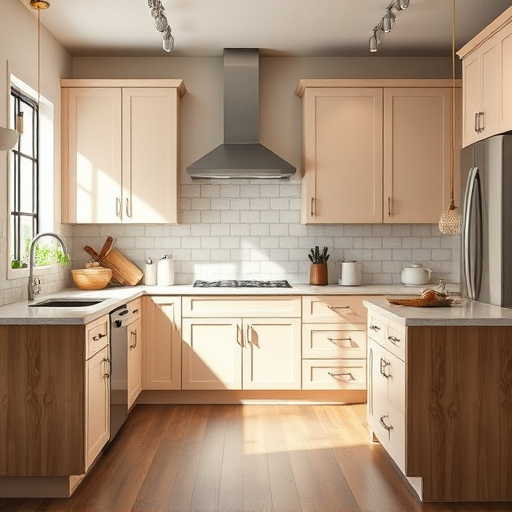
Incorporating luxury design elements into real estate is a strategic move that can significantly enhance property value and appeal. One effective strategy is to focus on high-impact areas like the kitchen and bath, where customized work can transform spaces into stunning showcases. A luxurious kitchen might feature top-of-the-line appliances, custom cabinetry, and high-end countertops, while a spa-like bathroom could include heated floors, elegant tile work, and bespoke fixtures. These enhancements not only add aesthetic value but also cater to the sense of comfort and indulgence, making properties more desirable to potential buyers.
Additionally, luxury design can be woven throughout the entire property through thoughtful planning and execution. This might involve using premium materials in flooring and wall coverings, incorporating sophisticated lighting solutions, and adding unique architectural details. For instance, a grand entrance with custom woodwork or a beautifully landscaped outdoor space can create a lasting impression. By balancing practicality and aesthetics, these strategies ensure that luxury design enhances every aspect of the property, boosting its overall appeal and marketability.
The Psychological Appeal of High-End Design and Its Market Influence
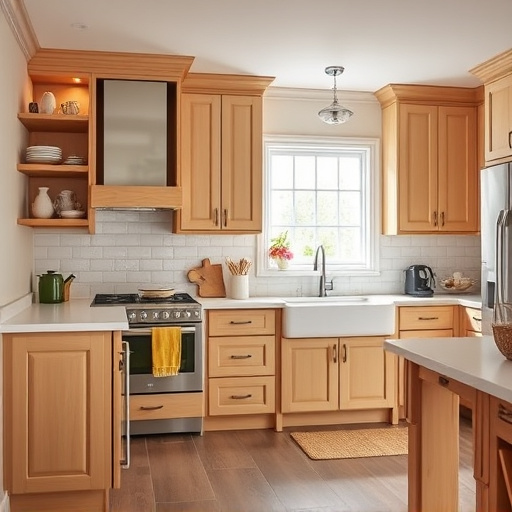
The allure of luxury design extends far beyond aesthetics; it taps into our psychological desires and shapes market trends. High-end designs often evoke feelings of exclusivity and prestige, appealing to a sense of sophistication and success. This emotional connection translates into tangible benefits in the property market. Buyers are increasingly drawn to homes that exude opulence and craftsmanship, as these attributes signal quality and attention to detail. The influence of such luxury design can be seen in rising property values and the growing demand for premium real estate.
Home improvement services catering to high-end renovations, including customized work tailored to individual preferences, have become a thriving industry. Residential renovations that incorporate luxurious elements not only enhance the physical space but also cater to the psychological needs of potential buyers. This market trend highlights the powerful relationship between the mind and matter in the realm of luxury design, where every detail is meticulously crafted to create an appealing and valuable property.
Luxury design, with its ability to elevate property value and captivate buyers, is a powerful tool in the real estate market. By understanding the impact of high-end elements on appeal and implementing strategic designs, developers can create properties that stand out. The psychological allure of luxurious spaces, coupled with effective marketing, ensures that these features remain influential. Incorporating luxury design, therefore, isn’t just an aesthetic choice but a key strategy to maximize property value and cater to discerning audiences in today’s competitive market.
